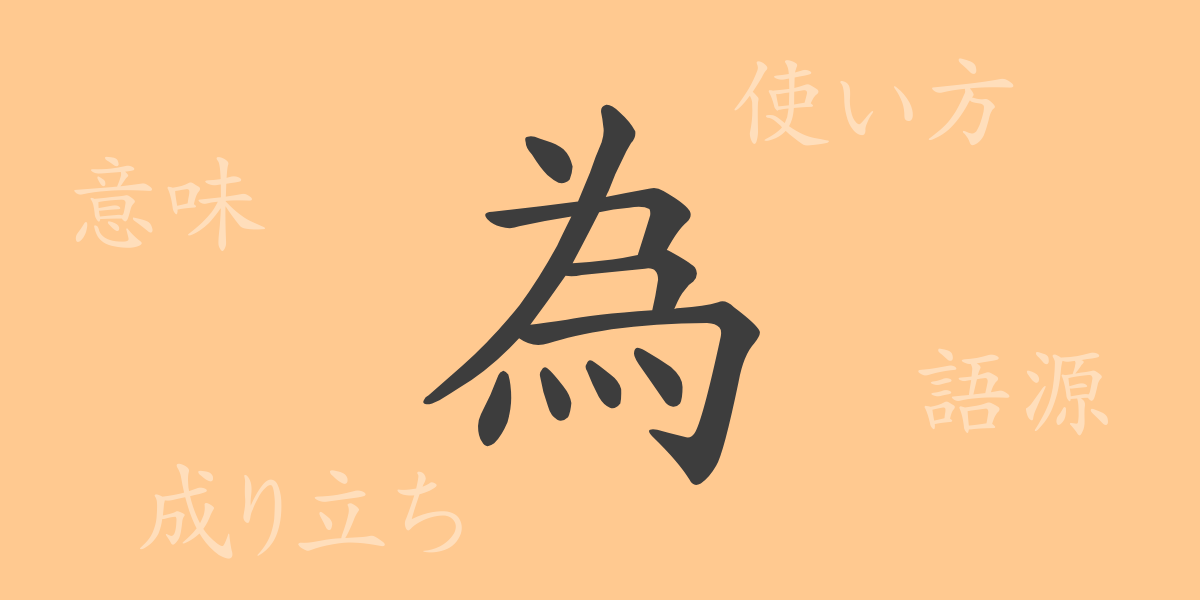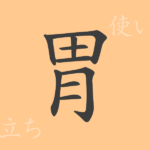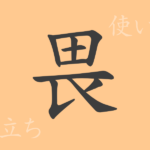“
Japanese kanji not only represent written characters but also play a vital role in enriching the culture with their profound meanings and forms. One such kanji, ‘為’ (Tame), is widely used, from casual conversations to business contexts. This article delves into the origins, uses, and phrases of ‘為’, exploring the deep historical and semantic world embodied by this single character. Let’s embark on a journey into the rich and complex nature of ‘為’.
Origins of 為 (Tame)
The kanji ‘為’ originated in ancient China and was initially used to denote the act of ‘doing’ or ‘making’. Its form evolved from pictographs depicting a person performing an action for a purpose. Over time, the shape and meanings diversified, adapting to various contexts in modern Japanese.
Meaning and Usage of 為
‘為’ encompasses meanings such as ‘do’, ‘become’, and ‘for’, functioning as a verb, noun, and conjunction. For instance, ‘為す’ (Na-su) as a verb means ‘to do’, and ‘為に’ (Tame-ni) as a conjunction indicates a purpose. It is also frequently used to explain the reason or purpose behind an action or to express abstract concepts.
Readings, Stroke Count, and Radical of 為
The kanji ‘為’ has distinctive readings and structures within the Japanese language.
- Readings: On’yomi (Sino-Japanese reading) is ‘I’, Kun’yomi (native Japanese readings) include ‘Tame’, ‘Na-su’, ”Na-ru’, etc.
- Stroke Count: 9 strokes.
- Radical: Its own radical, 為部 (Ibu), but ‘為’ also functions independently as a kanji.
Phrases, Idioms, and Proverbs Involving 為
Numerous idioms, phrases, and proverbs incorporate ‘為’, each illustrating the richness of the Japanese language. Examples include ‘為政者’ (Iseisya) referring to a ruler or politician, ‘身を為す’ (Mi-wo-na-su) meaning to improve one’s situation, ‘為になる’ (Tame-ninaru) implying something is beneficial, and ‘後の為に’ (Ato-no-tame-ni) used to mean ‘for the future’. These expressions are testament to the linguistic depth of Japanese.
Summary of 為
The kanji ‘為’, with its varied readings and uses, enriches Japanese expressions. Inherited from ancient China, this character has deeply rooted itself in Japanese culture and language, appearing in various contexts. Through phrases and idioms, it aids in a deeper understanding of Japanese. This article hopes to enhance your knowledge of ‘為’, contributing to your appreciation of its significance.
“

























